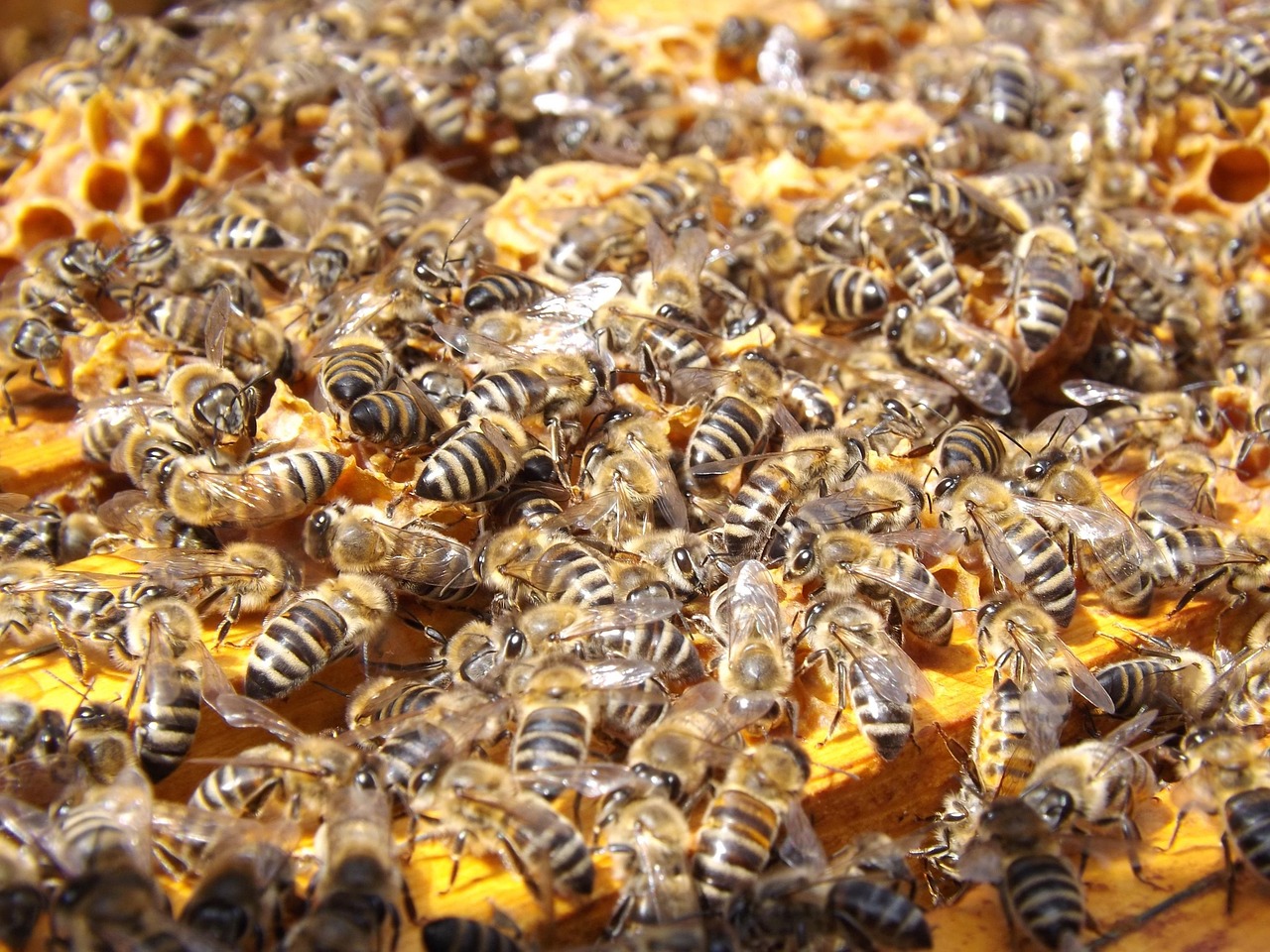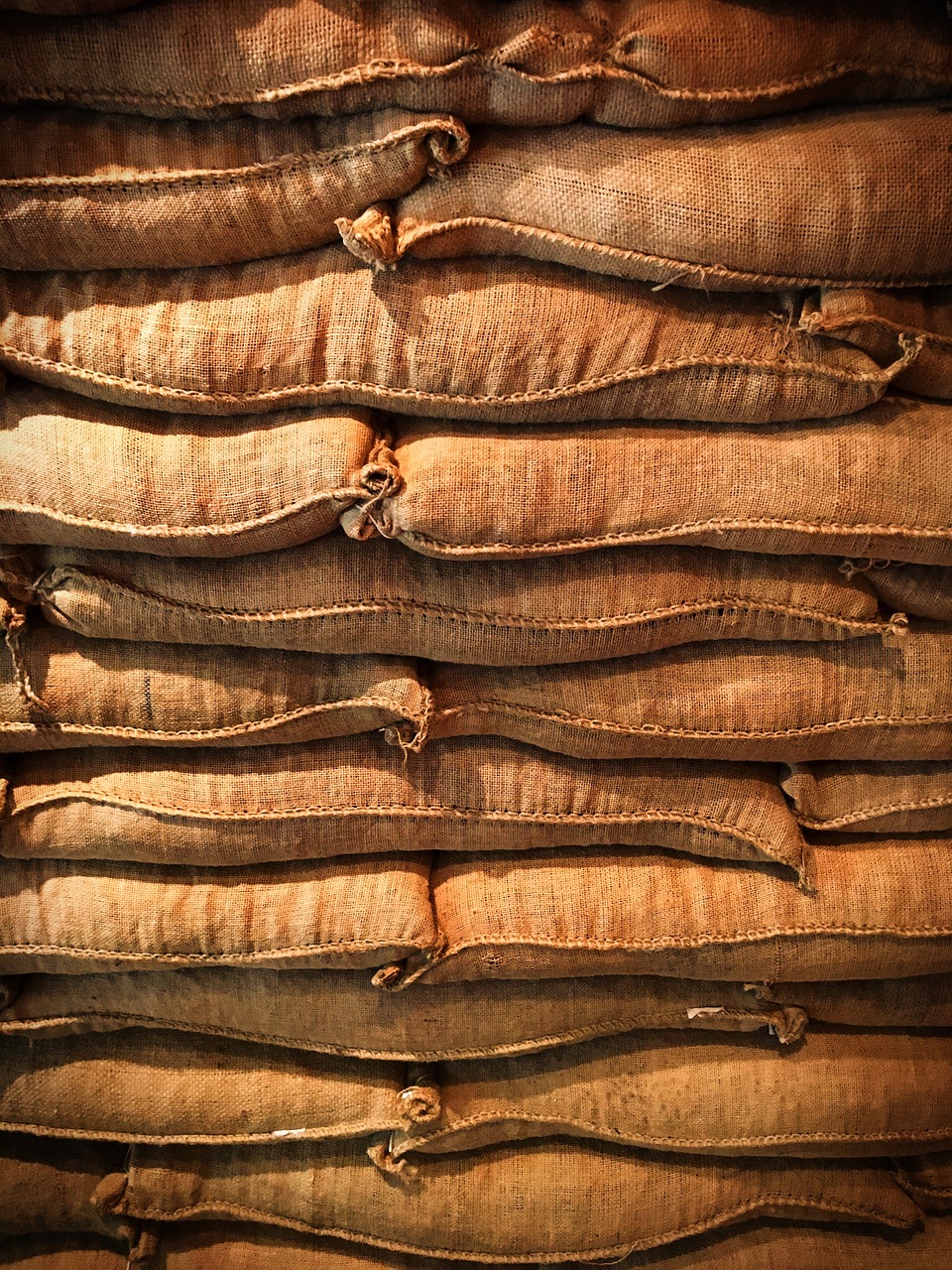Chestnut trees typically take about 4 to 7 years to start producing nuts after being planted. However, this timeframe can vary based on the species, growing conditions, and care provided.
Understanding Chestnut Trees

Chestnut trees belong to the genus Castanea and are prized for their edible nuts. They have a rich history, both culturally and economically. In many regions, chestnuts have been a staple food source and a symbol of autumn festivities. The sweet and nutritious nuts are enjoyed in various dishes, making chestnut trees a valuable addition to any landscape.
There are several species of chestnut trees, including the American chestnut (Castanea dentata), the European chestnut (Castanea sativa), and the Chinese chestnut (Castanea mollissima). Each species has unique growth characteristics and nut production timelines. Understanding these differences is essential for anyone interested in growing chestnut trees.
Factors Influencing Nut Production
Several factors influence how quickly a chestnut tree will produce nuts. These include:
- Species: Different species have varying growth rates and maturation times.
- Growing Conditions: Soil quality, sunlight, water availability, and temperature all play vital roles in the growth of chestnut trees.
- Care and Maintenance: Proper pruning, pest management, and fertilization can significantly impact how quickly a tree reaches nut-bearing age.
- Pollination: Chestnut trees are not self-pollinating. Having multiple trees can improve pollination rates and nut production.
Growth Timeline for Chestnut Trees
The growth timeline for chestnut trees can be broken down into several stages, from planting to nut production. Understanding this timeline helps gardeners and farmers manage their expectations and care for their trees effectively.
| Stage | Timeframe | Notes |
|---|---|---|
| Planting | Year 0 | Select a suitable location with well-drained soil. |
| Seedling Growth | Years 1-3 | Focus on establishing strong root systems. |
| Maturation | Years 4-7 | Trees begin to flower and may produce a small harvest. |
| Full Production | Years 7+ | Optimal nut production typically occurs after this period. |
By understanding these stages, growers can better prepare for the long-term commitment that chestnut trees require. Adequate care during the early years can set the foundation for a healthy tree that produces bountiful nuts in the future.
Optimal Conditions for Growing Chestnut Trees
To ensure that chestnut trees thrive and produce nuts in a timely manner, it is essential to create optimal growing conditions. This involves considering various factors such as soil type, climate, and care practices. Each of these elements plays a crucial role in the overall health and productivity of the tree.
Soil Requirements
Chestnut trees prefer well-drained, sandy loam or clay loam soils. The ideal pH level for chestnut trees falls between 5.5 and 6.5. Here are some key considerations regarding soil:
- Drainage: Poorly drained soils can lead to root rot, which is detrimental to tree health.
- Nutrient Content: A soil test can help determine nutrient levels and inform fertilization practices.
- Organic Matter: Adding organic matter improves soil structure and fertility, promoting strong growth.
Climate Considerations
Chestnut trees thrive in temperate climates with distinct seasons. They require a certain amount of chilling hours during the winter to break dormancy. Factors to consider include:
- Temperature: Ideal growing temperatures range from 60°F to 75°F (15°C to 24°C).
- Rainfall: Chestnut trees need consistent moisture, especially during the growing season. However, excessive rainfall can be harmful.
- Sunlight: Full sun exposure is critical. Aim for at least six hours of direct sunlight daily.
Planting Techniques
Proper planting techniques significantly influence the initial growth and future nut production of chestnut trees. Here are some essential steps to follow:
- Selecting the Right Time: The best time to plant chestnut trees is in early spring or fall when temperatures are moderate.
- Spacing: Ensure adequate spacing between trees. For optimal growth, space them about 30 to 40 feet apart.
- Disease Management: Before planting, inspect the seedlings for any signs of disease or pests. Healthy plants are more likely to thrive.
- Digging the Hole: Create a hole that is twice as wide as the root ball and deep enough to accommodate the roots without bending.
- Watering: After planting, water the tree thoroughly to settle the soil around the roots and eliminate air pockets.
Caring for Young Chestnut Trees

The early years of a chestnut tree’s life are critical for its long-term success. Proper care during this period encourages robust growth and prepares the tree for future nut production. Here are some essential care practices:
- Watering: Young trees require consistent watering, especially during dry spells. Aim for deep watering to encourage root development.
- Mulching: Applying mulch around the base of the tree helps retain moisture, suppress weeds, and regulate soil temperature.
- Fertilization: Use a balanced fertilizer in early spring to promote healthy growth. Follow soil test recommendations for specific nutrient needs.
- Pest Control: Regularly monitor for pests and diseases. Implement integrated pest management strategies to minimize damage.
By understanding and implementing these optimal growing conditions, planting techniques, and care practices, growers can significantly enhance their chances of successful nut production from chestnut trees. With patience and diligence, these magnificent trees will flourish and provide bountiful harvests for years to come.

Pests and Diseases Affecting Chestnut Trees
While chestnut trees are generally resilient, they can be susceptible to various pests and diseases that may hinder their growth and nut production. Identifying these threats early and implementing control measures are essential for maintaining tree health.
Common Pests
Several pests can negatively impact chestnut trees. Understanding their behavior and life cycles can help in managing infestations:
- Chestnut Weevil: The larvae of this pest feed on developing nuts, causing them to drop prematurely. Regular monitoring is crucial, particularly during the nut development phase.
- Spider Mites: These tiny pests can cause leaf discoloration and damage. High temperatures and low humidity can exacerbate their presence, making it essential to check for them regularly.
- Scale Insects: Scale insects attach themselves to tree bark and sap, weakening the tree over time. They can be managed through horticultural oils or insecticidal soaps.
- Aphids: These small insects feed on the sap of young shoots and leaves, potentially stunting growth. They can also attract ants, which can further complicate management.
Diseases to Watch For
Chestnut trees are also vulnerable to various diseases that can affect their overall health and productivity. Some common diseases include:
- Chestnut Blight: Caused by the fungus Cryphonectria parasitica, this disease attacks the tree’s bark and can lead to significant damage or death. Early detection and removal of infected branches are key to management.
- Phytophthora Root Rot: This soil-borne pathogen affects the roots and can lead to tree decline or death. Ensuring good drainage can help prevent this disease.
- Leaf Blight: Various fungi can cause leaf blight, resulting in premature leaf drop. Proper spacing for air circulation and good sanitation practices can mitigate the risk.
Effective Management Strategies
Managing pests and diseases effectively requires a combination of cultural practices, monitoring, and treatments. Here are some strategies to consider:
- Regular Monitoring: Inspect trees frequently for signs of pests or diseases. Early detection allows for timely intervention.
- Cultural Practices: Maintain tree health through proper watering, fertilization, and pruning. Healthy trees are more resistant to pests and diseases.
- Companion Planting: Planting certain species nearby can deter pests. For example, marigolds are known to repel some harmful insects.
- Pest Control Products: Use organic pesticides or fungicides as needed. Always follow label instructions for safe application.
- Sanitation: Remove fallen leaves and debris from around the tree base to reduce disease risk. This practice minimizes the chance of pathogens overwintering in the soil.
The Role of Pollination in Nut Production

Pollination is a critical aspect of nut production in chestnut trees. Unlike some other fruit-bearing trees, chestnuts require cross-pollination for optimal nut set.
Understanding Pollination Requirements
Chestnut trees are primarily wind-pollinated, meaning that pollen is transferred from the male flowers to female flowers by the wind. It is important to plant multiple trees for effective pollination. Here are some points to consider:
- Diversity of Trees: Planting different varieties of chestnut trees increases genetic diversity, which enhances pollination success rates.
- Timing of Flowering: Ensure that the flowering periods of your chosen varieties overlap for maximum pollination opportunities.
- Wind Conditions: Pollination can be affected by weather conditions. Adequate wind patterns during flowering season facilitate pollen distribution.
By addressing pest management, disease prevention, and understanding the importance of pollination, growers can create an environment that fosters healthy chestnut trees capable of producing nuts efficiently. These practices ensure that trees remain productive throughout their life cycle.
Nurturing Chestnut Trees for a Healthy Harvest
As chestnut trees mature, consistent care and attention become vital to ensure a productive harvest. Regular maintenance not only promotes healthy growth but also prepares the trees for optimal nut production in the coming years. Below are some additional care strategies that can enhance tree health and longevity.
Seasonal Care Practices
Implementing seasonal care practices can significantly impact the health and productivity of chestnut trees:
- Spring: As trees begin to bud, apply a balanced fertilizer to support new growth and flowering. This is also a crucial time to check for any signs of pests and diseases.
- Summer: Monitor moisture levels, particularly during hot spells. Deep watering is essential to encourage root development. Regularly check for pests and treat as necessary.
- Fall: After harvest, clean up any fallen nuts or debris to prevent disease. Mulching can be applied to protect roots during winter.
- Winter: Protect young trees from harsh winter conditions by wrapping trunks with burlap or other protective materials. This helps prevent frost damage.
Harvesting Chestnuts
The timing of the harvest is crucial for obtaining high-quality nuts. Chestnuts typically ripen in late summer to early fall, depending on the variety and climate conditions. Here are some tips for successful harvesting:
- Timing: Harvest when the burrs (the spiky outer casing) begin to split open. This indicates that the nuts are ripe and ready for collection.
- Harvesting Techniques: Use gloves to protect your hands from the sharp burrs. Gently shake the branches or use a tool to collect nuts that have fallen naturally.
- Post-Harvest Care: Clean the harvested nuts by removing any debris. Store them in a cool, dry place to prevent mold and spoilage.
Final Thoughts
Growing chestnut trees is a rewarding endeavor that requires patience and dedication. While it may take several years for these trees to produce nuts, the effort invested in their care pays off in delicious, nutritious harvests. By understanding the essentials of planting, nurturing, and maintaining chestnut trees, growers can create an environment conducive to successful production.
In summary, key factors influencing nut production include:
- The choice of tree species and variety
- The suitability of planting conditions such as soil, climate, and spacing
- The importance of effective pest management and disease control
- The role of pollination in maximizing nut yield
Overall, with proper care and attention, chestnut trees can thrive and provide a sustainable source of nuts for many years. Whether for personal enjoyment or commercial production, understanding the nuances of chestnut cultivation will equip growers with the knowledge needed to succeed in their endeavors.
The journey from planting to harvesting chestnuts is filled with learning experiences. Each season brings new challenges and rewards, making it an enriching pursuit for both novice and experienced gardeners alike.
